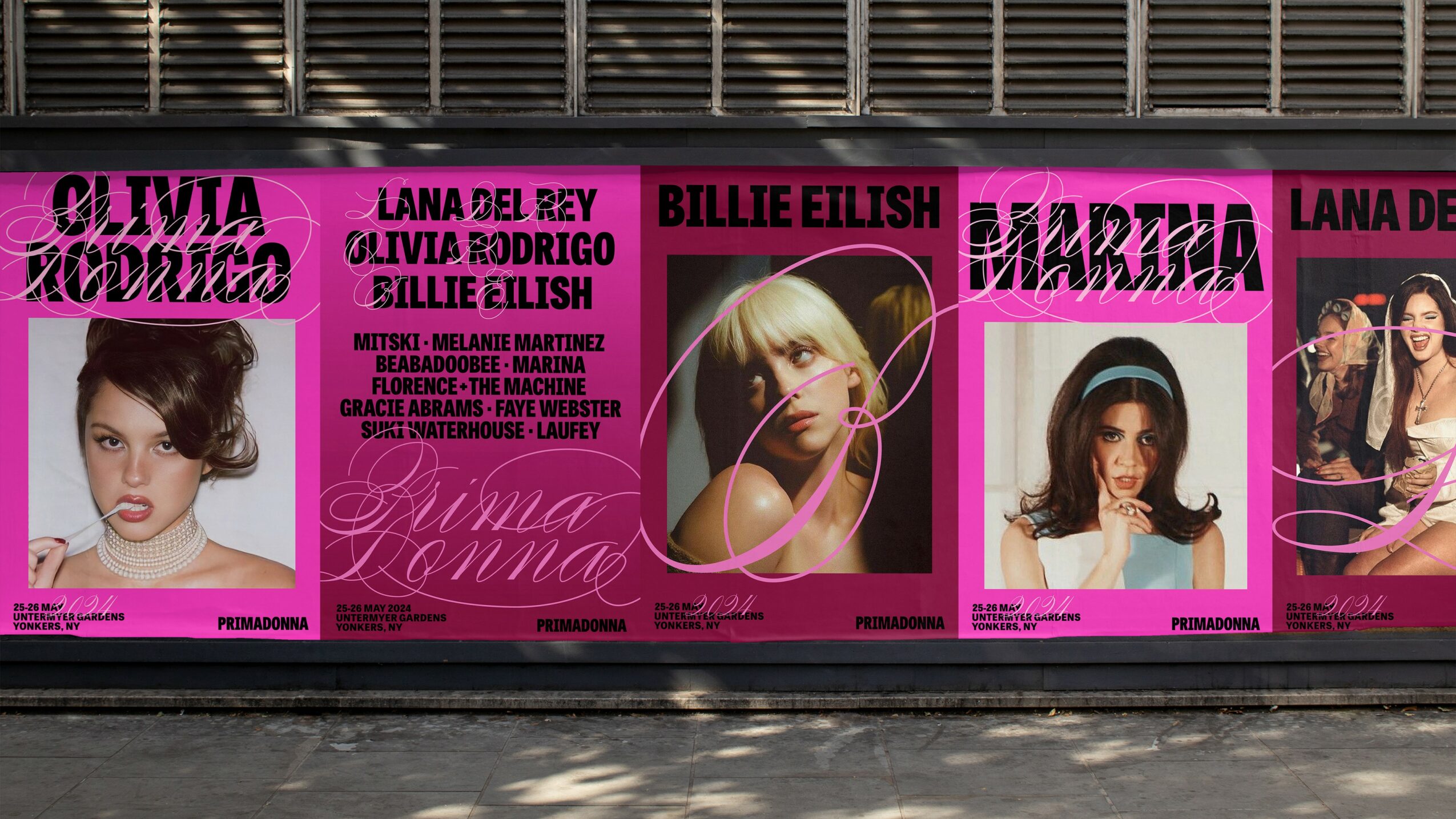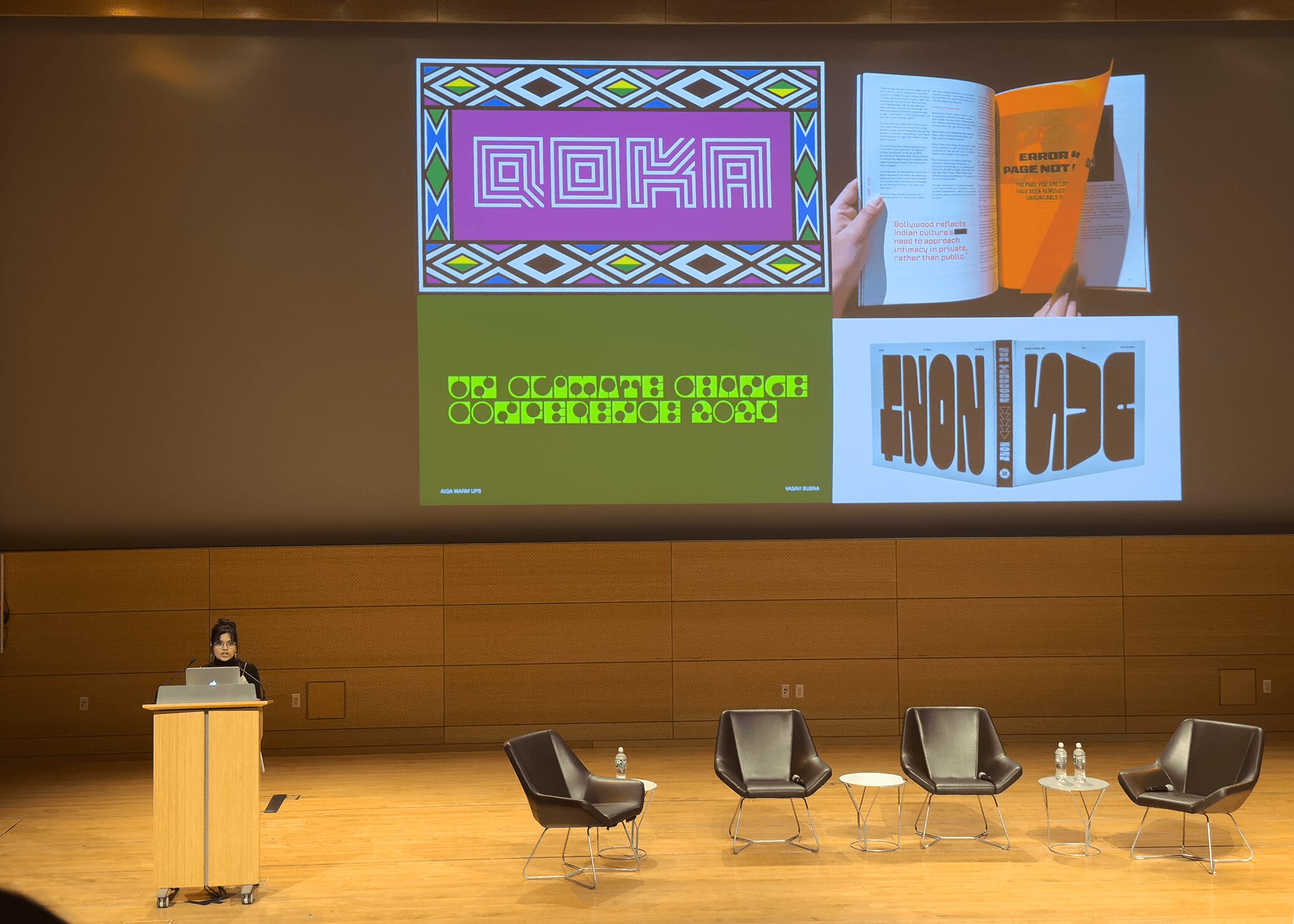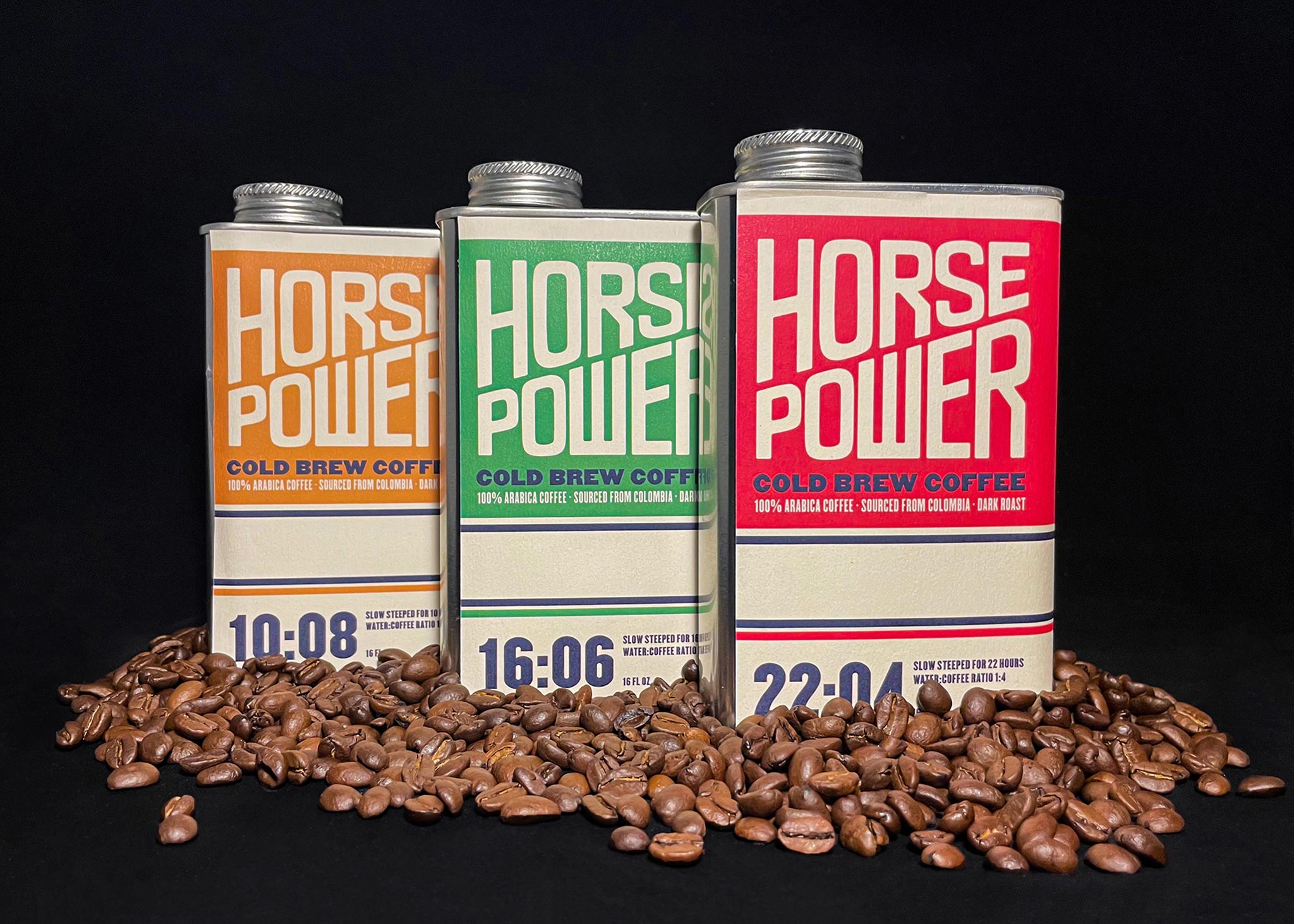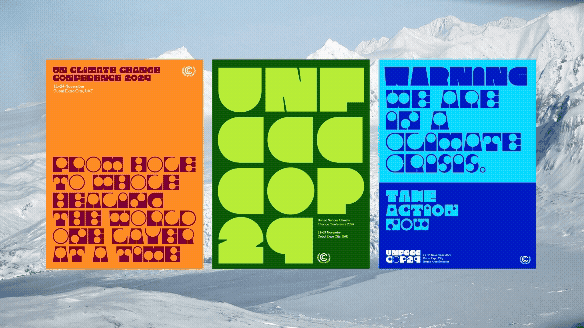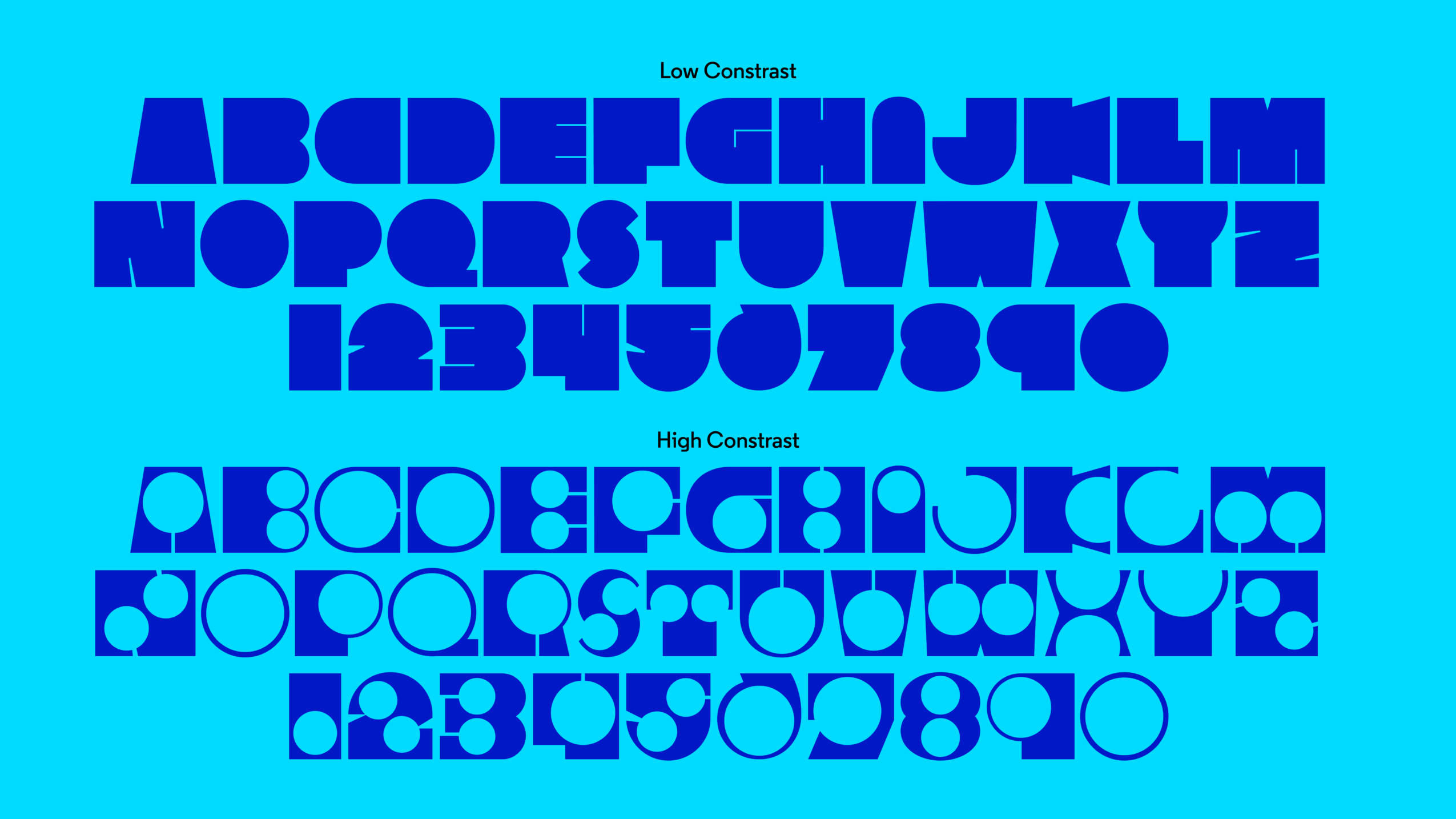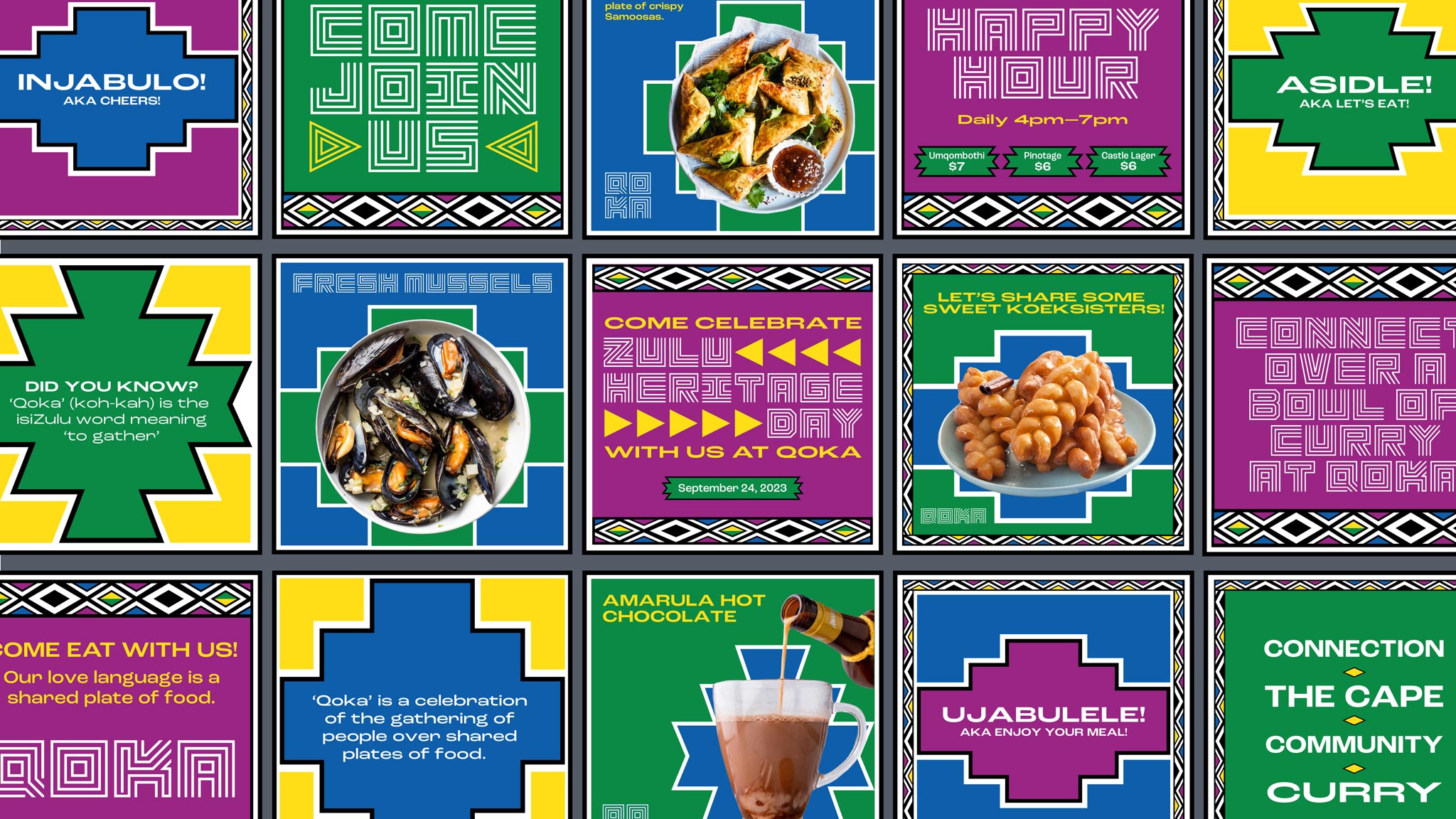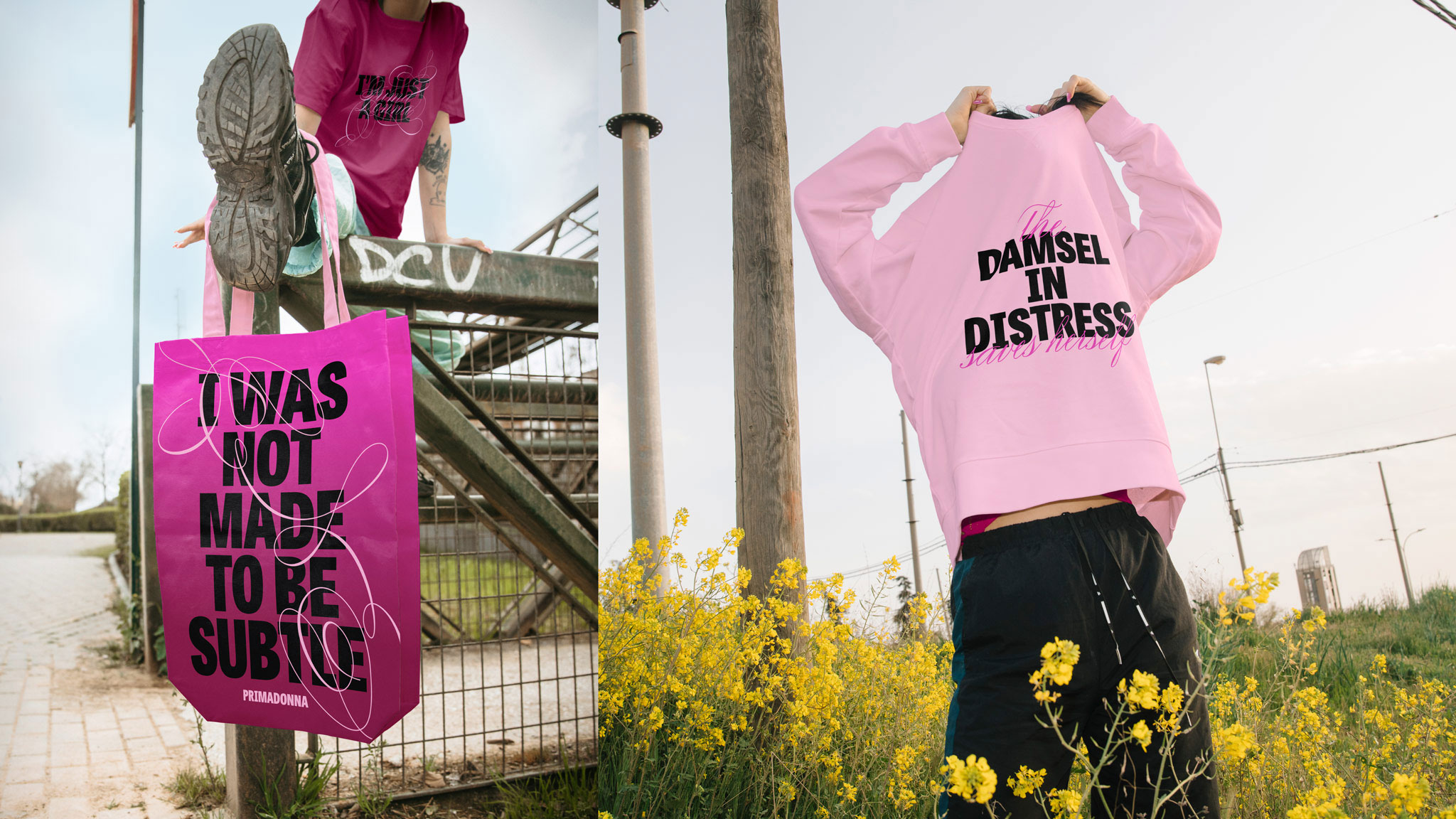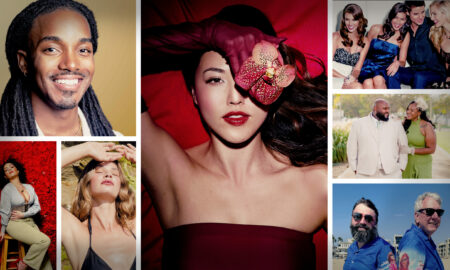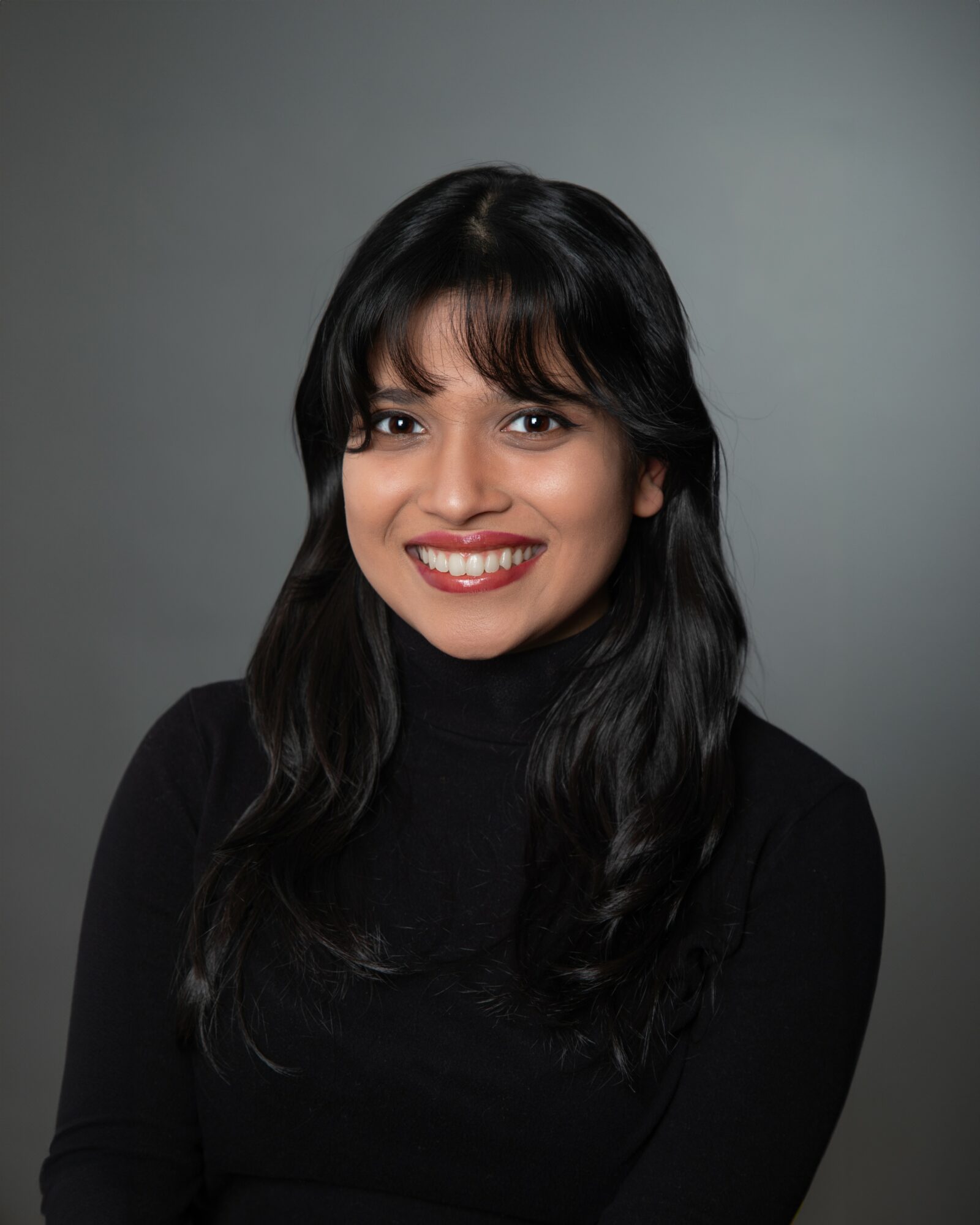

Today we’d like to introduce you to Vasavi.
Hi Vasavi, so excited to have you on the platform. So before we get into questions about your work-life, maybe you can bring our readers up to speed on your story and how you got to where you are today?
My journey began in the colorful, electric city of Mumbai. Like a lot of kids, I loved to draw and paint. Luckily for me, the school I attended (for both primary and secondary schooling) really championed artistic expression—we learned almost every subject through creative projects.When we studied the water cycle in science in third grade, we made huge charts with clouds made of cotton and water in shades of blue cellophane. When we studied Native American art in eighth grade, we painted pots in Pueblo patterns and created drawings with colored sand like the Navajo to understand their processes and motivations. Everything we learned came to life through a diorama or a collage.
Having had such a creative education, it was easy for me to be certain that I wanted to work in the creative industry. I decided to study graphic design and was fortunate enough to be accepted to the School of Visual Arts. So, I took a leap of faith and moved to New York—without ever having visited the US before.
From there on, my whole life changed. I studied under legends like Debbie Millman and Natasha Jen, worked internships offered to me by professors, and essentially said yes to any opportunity that came my way. Whether it was presenting my work in front of 400 people (something I had never done before), or creating a 3-foot lion mask made entirely out of NYC Metrocards for The Lion King’s 25th anniversary on Broadway—I said YES, no matter how daunting it seemed.
In my senior year, I was invited to interview for COLLINS’ first-ever GUILD program for recent graduates. I said yes—and here I am, one year later, working at COLLINS as an Associate Designer and absolutely loving it.
Can you talk to us a bit about the challenges and lessons you’ve learned along the way. Looking back would you say it’s been easy or smooth in retrospect?
It has definitely not been a smooth road—but I don’t think it’s supposed to be. I was supposed to start college in August 2020, but the pandemic hit, and everything changed. I ended up taking a gap semester and then began my freshman year online from India. I had been so ready to begin this new chapter, and suddenly I was stuck in limbo. For someone who had always known exactly what path they wanted to take, that kind of pause was more mentally difficult than I expected.
Once I started, I dove in head first, straight in the deep end. Because of the gap semester, I took a summer semester right after my first year, which meant I went a year and a half without a real break. I didn’t feel behind, but I was running on empty. Burnout crept in slowly, disguised as ambition.
Moving across the world at 18—without knowing anyone in New York—was equal parts exciting and terrifying. There were moments when the culture shock hit me hard, or when I felt completely out of my depth in class. Design school is intense, and it took me a long time to stop comparing myself to everyone around me. I put so much pressure on myself to always be producing “good” work, which can be paralyzing in a creative field. There were more all-nighters than i can count, tears over failed prints, critiques that stung, and moments where I seriously questioned if I was cut out for this.
But over time, I learned that none of those things were signs of failure—they were signs of growth. One of the hardest (and most important) things I’ve learned is to let go of perfectionism. It’s okay to not have all the answers. It’s okay to ask for help. And sometimes, the work that doesn’t come easily is the work that ends up meaning the most.
Appreciate you sharing that. What else should we know about what you do?
I was born and raised in Mumbai, India—a city pulsing with color, contradiction, and constant motion. That rhythm has manifested into my design practice in the form of considered chaos. I seek to cultivate audacious narratives through design that is both conceptually rigorous and emotionally resonant.
Typography is at the heart of my practice—both as a form and as a voice. I am especially interested in type design and the ways in which letterforms can hold emotion, urgency, and identity. I’m drawn to the tactile process of making: silkscreen, woodtype, and print ephemera feel essential to how I think and work. My projects explore themes I care deeply about, like femininity, climate change, censorship, and cultural identity, all of which topics that are personal and politically urgent. I take inspiration from hand-painted signage, vintage Bollywood posters, and the visual language of protest—forms of expression that are loud, direct, and deeply rooted in place.
For me, design is not just about aesthetics. It’s a way to engage, question, and connect. Through my work, I aim to make space for complexity—and to tell stories that demand to be heard.
Do you have any advice for those just starting out?
I remember sitting in the ginormous auditorium at the SVA Theatre during my college orientation. Three mega-talented seniors were presenting their work. I remember thinking to myself, “WOW. I will never be able to do THAT.” I think about that moment a lot now—knowing that I was a freshman who didn’t even know the D of Design, comparing myself to seniors.
In this industry, it’s so easy to get lost in the fog of comparison. It’s almost paralyzing. It took me a long time to trust myself and trust the process—to believe that it would take time, but that I’d eventually be able to do that, too.
If I have one piece of advice for those just starting out, it would be: fake it till you make it. It’s a cliché for a reason. There have been so many times when I wasn’t 100% certain of myself, but I spoke with confidence anyway. Speak with conviction. Fake the calm, collected, self-assured front—and eventually, the real confidence will materialize.
In my sophomore year, one of my professors told us that being nice is something that requires no talent but goes a long way. There are going to be a hundred other people with the same amazing design skills as you—but they won’t have your personality. Strive to be the personality hire.
Contact Info:
- Website: https://vasavi.work
- Instagram: https://www.instagram.com/vasavi.bubna/
- LinkedIn: https://www.linkedin.com/in/vasavi-bubna
